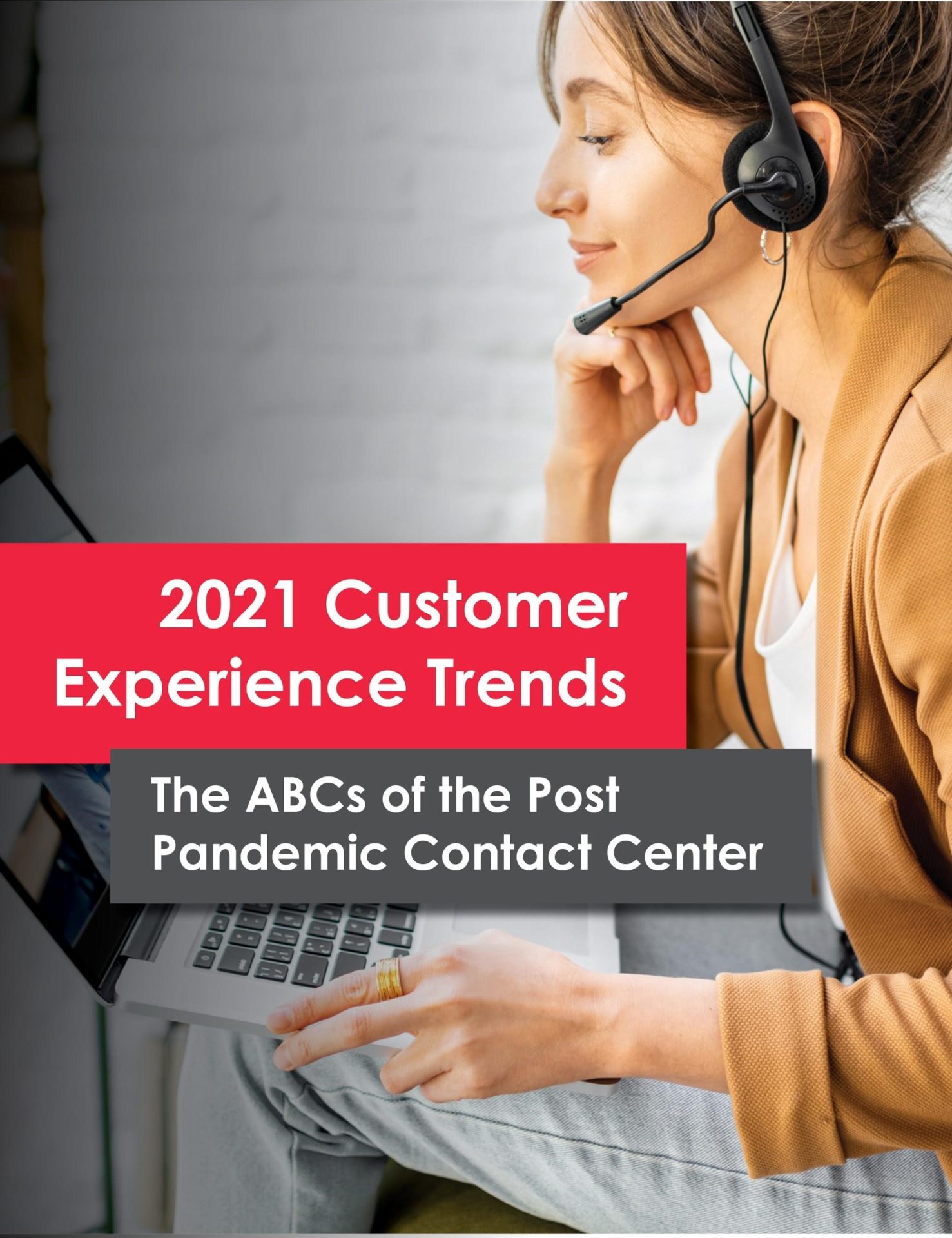First up on our list is arguably the most important asset to the contact center—the agents. Sometime around mid-March, as COVID-19 spread through the US and eventually the world, contact center agents were given marching orders to head home and continue their work from a more comfortable confine. This abrupt change came with pleasant side effects like a better work/life balance, zero commuting, and less sick days, which in turn can reduce stress by nearly 80%. Additionally, employers benefit from greatly improved productivity and a whopping 50% drop in attrition rates. If you add in the cost savings from the reduction of overhead—rent/lease and on-site equipment—it’s a no brainer that the remote workforce is here to stay.
But turning on remote agents is not an easy process unless a company has the right technology. For example, accessing premise-based systems involves security concerns and phone quality at home may be poor. But with an all-in-one cloud contact center like Bright Pattern, remote agents can be turned on in literally days with built in security, soft phones with built-in quality checks.
However, remote workers often have a sense of needing to work harder than their central office peers, which has led to an 82% burnout rate. Furthermore, remote agents may need to deal with their own personal crises like finding child care, homeschooling or caring for ill or elderly family members. Companies that utilize remote agents should prioritize their employees’ mental health by keeping work and break schedules consistent, providing a variety of mental health resources, and offering employees off-site company retreats and/or team building exercises.
One other glaring issue facing remote agents is the lack of comradery, which can lead to loneliness in some agents. As humans, we crave contact and relationships with others and seek validation and/or critique for our ideas or performance. In a traditional contact center setting, it is easy to get feedback from peers and supervisors alike and share ideas and tribal knowledge —just walk over to their desk or the coffee area. In the post-pandemic contact center, enabling remote agents to have this same level of communication and sharing is essential. Apps like Microsoft Teams can easily facilitate one-on-one or group communication. And when the contact center platform has built-in integration to teams (like Bright Pattern), the communication benefits of Teams can be used to create an ideal CX platform for remote workers. This allows dispersed contact center agents to communicate with other contact center agents or supervisors for help – or even expert resources anywhere in the company to better help customers. You can literally bring every company employee together to help offer a better customer experience – not just traditional contact center agents.
Also critical is the ability for supervisors to monitor and coach their remote agents. For instance, an agent seat map that shows CSAT by agent allows supervisors the ability to help agents improve their performance. You can also implement scoring, grading, and coaching solutions (like Bright Pattern’s Omni QM) to help out remote agents and help them become better knowledge workers.
Keep up with the hottest trends in CX. Check out Bright Pattern’s full guide “2021 Customer Experience Trends: The ABCs of the Post Pandemic Contact Center”




